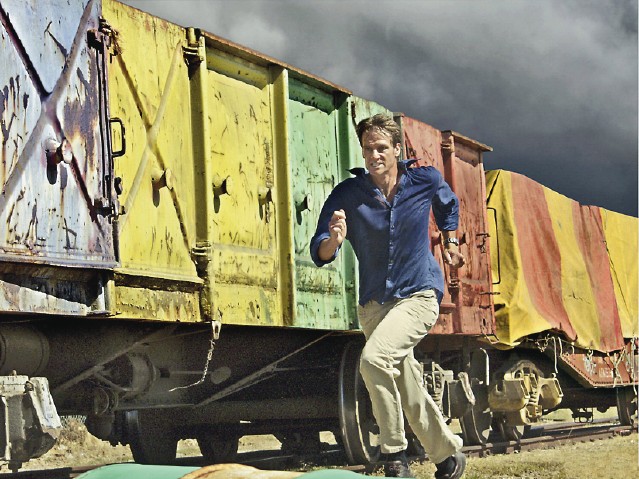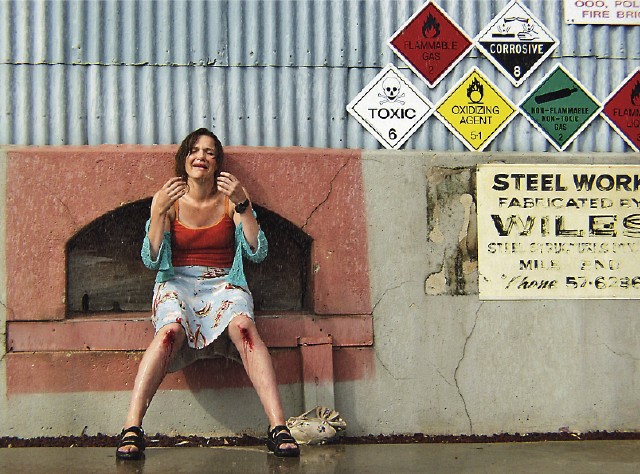Look Both Ways
Death-Dealing Aussie Indie Sees A Light At The End Of The Tunnel


faster than a speeding bullet ?”
Latest Article|September 3, 2020|Free
::Making Grown Men Cry Since 1992


faster than a speeding bullet ?”